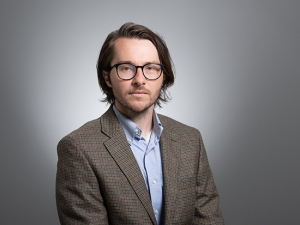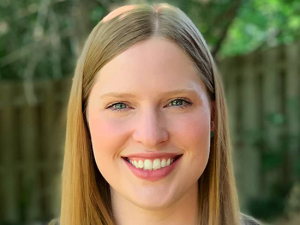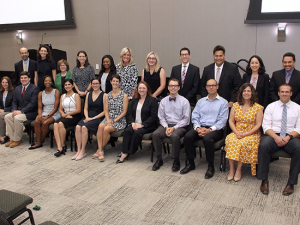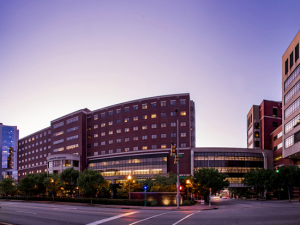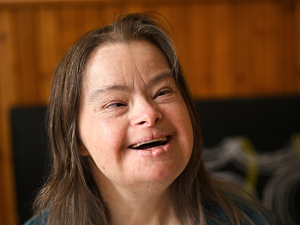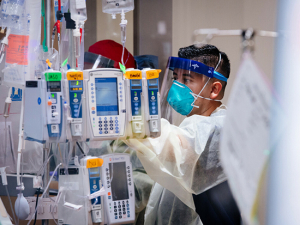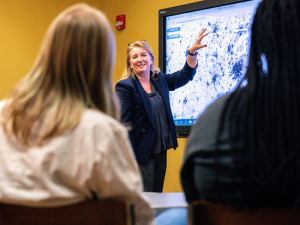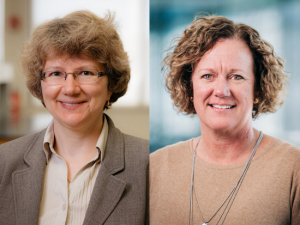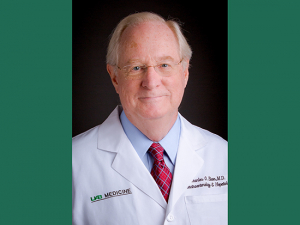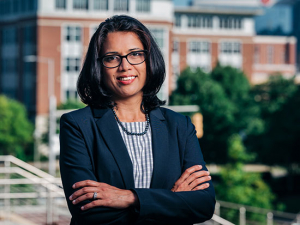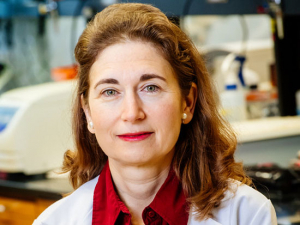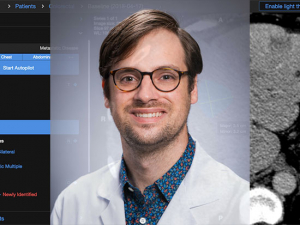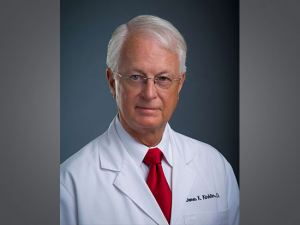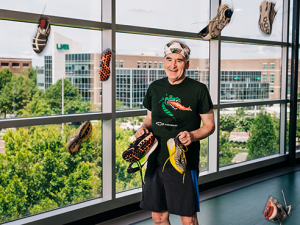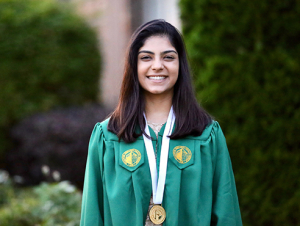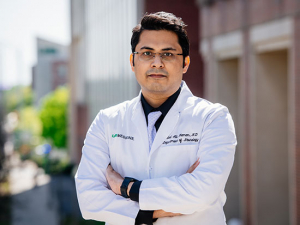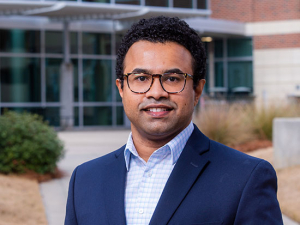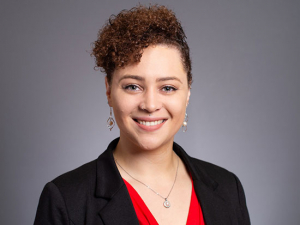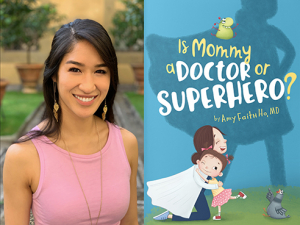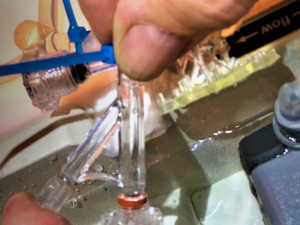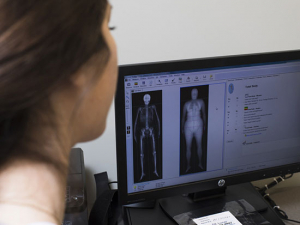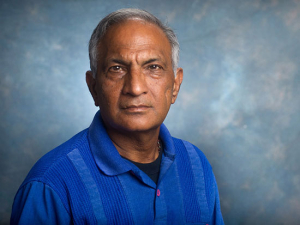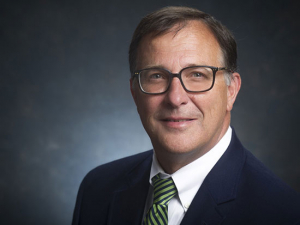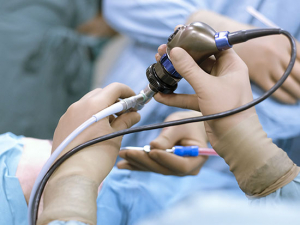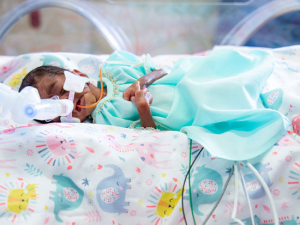 Eugenia Kharlampieva, Ph.D. (left) and Molly Wasko, Ph.D. (right)Two UAB faculty are spending the next year or more in Washington, D.C. — actually, just over the Potomac in Alexandria, Virginia — helping the National Science Foundation decide how to invest hundreds of millions of dollars in grants to build the technologies of the future. The experience will create collaborations that raise UAB’s profile on the national stage and help fellow faculty and students back in Birmingham identify new funding sources to further their own projects.
Eugenia Kharlampieva, Ph.D. (left) and Molly Wasko, Ph.D. (right)Two UAB faculty are spending the next year or more in Washington, D.C. — actually, just over the Potomac in Alexandria, Virginia — helping the National Science Foundation decide how to invest hundreds of millions of dollars in grants to build the technologies of the future. The experience will create collaborations that raise UAB’s profile on the national stage and help fellow faculty and students back in Birmingham identify new funding sources to further their own projects.
Eugenia Kharlampieva, Ph.D., a Distinguished Professor in the Department of Chemistry, and Molly Wasko, Ph.D., a University Professor in the Department of Management, Information Systems and Quantitative Methods, are serving as program directors through the NSF’s rotator program, which is designed to bring practicing scientists into the upper echelon of scientific decision-making in the United States, where they work alongside the agency’s permanent staff. UAB polar biologist Charles Amsler, Ph.D., was the university’s first faculty member selected as a rotator, in 2013. Amsler was a program officer in the Antarctic Organisms and Ecosystems program, where he oversaw all grants covering biology in Antarctica.
In August 2022, Kharlampieva began work as a program director managing the Designing Materials to Revolutionize and Engineer our Future program, or DMREF, part of the Division of Materials Research. The DMREF includes materials research, engineering, mathematics, computer science, chemistry and physics. On Sept. 11, 2023, Wasko began her role as program director managing the NSF’s Innovation Corps. The I-Corps program is part of the newly formed Directorate for Technology, Innovation and Partnerships, or TIP. Authorized by Congress as part of the CHIPS and Science Act of 2022, TIP is the first new directorate at NSF in more than 30 years.
"Unique and exciting"
The roles in interdisciplinary programs are well suited to the work of these researchers. Wasko is an active entrepreneur whose research focuses on the intersection of open innovation, technology and entrepreneurship. Kharlampieva, a polymer and materials chemist, designs and synthesizes new materials for biomedical applications, including anticancer therapies.
 The headquarters of the National Science Foundation in Alexandria, Virginia. The NSF awarded 11,000 competitive awards from its $9.9 billion budget in 2023.“This experience is unique and exciting and really puts you out of your comfort zone,” Kharlampieva said. In September 2023, the NSF invested $72.5 million through the DMREF in 37 new four-year projects. Kharlampieva helped to select those recipients, whose projects include designing the next generation of rechargeable batteries, organic semiconductor systems, AI-enabled automated design of ultra-strong and ultra-elastic metallic alloys, and fast energy storage. Although much of the work is administrative — selecting expert participants in grant panels, following up with principal investigators on their progress and notifying those not selected — “I am always a scientist first,” Kharlampieva said. “This keeps me on the cutting edge of research and in knowing how to find the best science.”
The headquarters of the National Science Foundation in Alexandria, Virginia. The NSF awarded 11,000 competitive awards from its $9.9 billion budget in 2023.“This experience is unique and exciting and really puts you out of your comfort zone,” Kharlampieva said. In September 2023, the NSF invested $72.5 million through the DMREF in 37 new four-year projects. Kharlampieva helped to select those recipients, whose projects include designing the next generation of rechargeable batteries, organic semiconductor systems, AI-enabled automated design of ultra-strong and ultra-elastic metallic alloys, and fast energy storage. Although much of the work is administrative — selecting expert participants in grant panels, following up with principal investigators on their progress and notifying those not selected — “I am always a scientist first,” Kharlampieva said. “This keeps me on the cutting edge of research and in knowing how to find the best science.”
Administering the proposal process for the I-Corps National Teams program “gives me the ability to work with academic entrepreneurs from institutions across the United States by helping them explore the commercial potential of their research,” Wasko said. “This activity exposes me to the best and brightest innovations coming out of our academic institutions and the opportunity to work with a diverse set of brilliant research teams, including early-stage career graduate students and postdocs.”
As part of TIP, “I have an opportunity to guide the development of national programs that aim to advance critical and emerging technologies, address pressing societal and economic challenges, and accelerate the translation of research results from lab to market and society,” Wasko added. The timing is “really exciting” she said, “as NSF commits support for use-inspired research and the translation of research results to the market and society through the newly formed TIP directorate. In doing so, NSF is formally recognizing and encouraging universities to participate more fully in the intense interplay between foundational and use-inspired work, enhancing the full cycle of discovery and innovation, and this places UAB as a central player in the development of this new paradigm.”
Important benefits for UAB
The I-Corps program, established in 2011, has supported more than 2,500 teams that have created nearly 1,400 startups and raised $3.16 billion.
Wasko and Kharlampieva are spending roughly two weeks per month in the Washington, D.C., area. (The NSF’s headquarters are in Alexandria.) Through the NSF’s Independent Research/Development Program, Wasko spends up to one day per week maintaining her involvement with her professional research. “This is essential for maintaining my academic qualifications and keeping me connected to my research colleagues here at UAB,” Wasko said. Kharlampieva’s research group back at UAB “has been very understanding,” she said. She meets with them typically in the late afternoons — after her NSF workday is over.
The NSF experience will make them better researchers and scientists, Wasko and Kharlampieva say. They also will bring back important benefits to UAB.
“This position gives me firsthand knowledge of the inner workings of NSF and how to prepare and submit more competitive proposals with a higher likelihood of funding, especially proposals that focus on the creation of research hubs that include multi-institutional collaborations to develop regional capacity,” Wasko said. “I will also be able to bring to UAB knowledge of the best practices for advancing research translation through commercialization by working with other institutions of higher education across the country.” These activities align directly with the second pillar of UAB’s Forging Ahead strategic plan, which focuses on research, innovation and economic development — and they “will enhance UAB’s ability to accelerate research translation through commercialization and regional economic development,” Wasko said.
“Every aspect of my career will be impacted by this,” Kharlampieva said. “I never knew that many of these programs existed. There are lots of opportunities for everyone, including undergraduate researchers and postdocs. There are educational proposals that I was not aware of that I can bring back to the UAB community.” Also, “it has helped me be a better proposal writer since I am evaluating these proposals,” Kharlampieva said. “My research lab has been fortunate with continued funding; but it is always possible to write a better proposal, and I can bring this back as well.”

